Home>Home Appliances>Laundry Appliances>Where Do You Put Fabric Softener In A Washing Machine
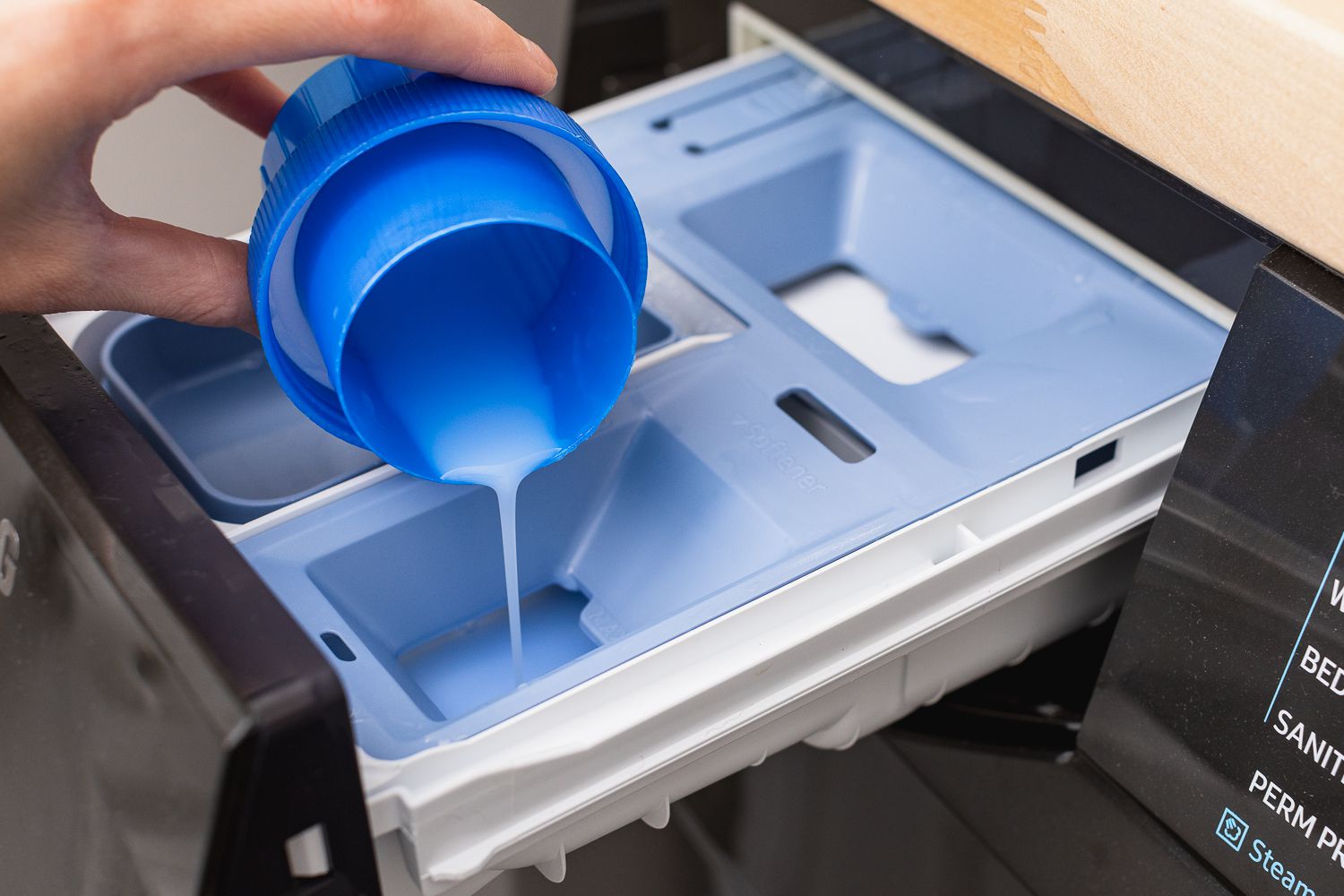

Laundry Appliances
Where Do You Put Fabric Softener In A Washing Machine
Published: February 22, 2024
Discover the correct placement for fabric softener in your washing machine to achieve softer, fresher laundry. Learn the best practices for using laundry appliances.
(Many of the links in this article redirect to a specific reviewed product. Your purchase of these products through affiliate links helps to generate commission for Storables.com, at no extra cost. Learn more)
Introduction
When it comes to doing laundry, many of us rely on the trusty washing machine to get our clothes clean and fresh. However, using a washing machine isn't just about tossing in your clothes and detergent. There are other laundry products, such as fabric softener, that can enhance the quality of your laundry. In this article, we will delve into the world of fabric softener and explore its role in the laundry process.
Fabric softener is a popular laundry product that many people use to add a touch of softness and freshness to their clothes. Whether you're a seasoned laundry expert or a novice in the world of laundry appliances, understanding how to use fabric softener in a washing machine can make a significant difference in the quality of your laundry.
In the following sections, we will explore the purpose of fabric softener, how to use it effectively in a washing machine, and provide valuable tips for optimizing its benefits. Additionally, we will discuss alternative options for those who may be seeking different approaches to achieving soft, fresh laundry.
As we embark on this journey through the realm of fabric softener and washing machines, you'll gain insights that will empower you to elevate your laundry routine. So, let's roll up our sleeves and dive into the world of fabric softener and its role in achieving impeccably soft and fresh laundry.
Key Takeaways:
- Elevate your laundry routine by using fabric softener in the washing machine to achieve irresistibly soft, fresh, and wrinkle-free clothes with a delightful fragrance.
- Explore alternative fabric softener options like vinegar, baking soda, wool dryer balls, and essential oil-infused dryer sheets for eco-friendly and customizable fabric care.
Understanding Fabric Softener
Fabric softener is a specialized laundry product designed to enhance the softness, smoothness, and overall feel of fabrics. It is formulated to reduce static cling, minimize wrinkles, and impart a pleasant fragrance to freshly laundered clothes. This versatile product comes in various forms, including liquid, dryer sheets, and dryer balls, offering users flexibility in choosing the application method that best suits their preferences and laundry routines.
The primary active ingredient in fabric softener is a cationic surfactant, which is responsible for coating the fabric fibers to impart a soft and smooth texture. Additionally, fabric softeners contain conditioning agents that help to relax the fibers, making them more pliable and less prone to stiffness. This results in clothes that feel luxuriously soft to the touch, promoting a comfortable wearing experience.
One of the key functions of fabric softener is to reduce static electricity in fabrics. During the laundry process, friction between garments can generate static cling, causing clothes to stick together and leading to an unpleasant sensation when putting them on. Fabric softener effectively neutralizes this static charge, preventing clothes from clinging together and making them easier to handle and wear.
Furthermore, fabric softener contributes to minimizing wrinkles in clothes, making ironing a less daunting task. By relaxing the fabric fibers and reducing friction, fabric softener helps garments maintain a smooth and wrinkle-free appearance, saving time and effort in the ironing process.
In addition to its practical benefits, fabric softener also imparts a delightful fragrance to freshly washed laundry. Many fabric softeners are available in a variety of scents, allowing users to personalize the olfactory experience of their clothes. Whether it's the soothing aroma of lavender, the invigorating scent of citrus, or the timeless freshness of clean linen, fabric softener adds an extra dimension of sensory pleasure to the laundry routine.
Understanding the role of fabric softener in the laundry process provides valuable insights into its multifaceted benefits. From enhancing fabric texture and reducing static cling to infusing clothes with a delightful fragrance, fabric softener plays a pivotal role in elevating the overall quality of laundered garments. As we delve deeper into the world of fabric softener, we will explore how to effectively incorporate this versatile product into the washing machine to achieve impeccably soft and fresh laundry.
The Purpose of Fabric Softener
Fabric softener serves a multifaceted purpose in the realm of laundry care, offering a range of benefits that contribute to the overall quality and comfort of laundered garments. One of the primary objectives of fabric softener is to enhance the softness and smoothness of fabrics, imparting a luxurious feel to clothes that promotes a delightful wearing experience. By coating the fabric fibers with a specialized formulation, fabric softener effectively reduces stiffness and roughness, transforming garments into irresistibly soft and inviting pieces of clothing.
In addition to elevating the tactile experience of fabrics, fabric softener plays a crucial role in minimizing static cling. During the laundry process, friction between garments can generate an undesirable static charge, causing clothes to stick together and leading to an unpleasant sensation when worn. Fabric softener contains active ingredients that neutralize this static electricity, preventing clothes from clinging together and making them easier to handle and wear. This anti-static property of fabric softener not only enhances the practicality of garments but also contributes to a more comfortable and hassle-free wearing experience.
Furthermore, fabric softener contributes to reducing wrinkles in clothes, making the task of ironing less laborious. By relaxing the fabric fibers and minimizing friction, fabric softener helps garments maintain a smooth and wrinkle-free appearance, saving time and effort in the ironing process. This practical benefit not only streamlines the post-laundry care routine but also ensures that clothes retain a well-groomed and presentable look, enhancing the overall aesthetic appeal of the wardrobe.
Moreover, fabric softener adds a delightful fragrance to freshly washed laundry, infusing garments with a captivating scent that lingers throughout the day. With a diverse array of scents available, ranging from soothing floral aromas to invigorating citrus notes, fabric softener allows users to personalize the olfactory experience of their clothes, creating a sensory journey that complements the visual and tactile aspects of the laundry process.
In essence, the purpose of fabric softener extends beyond mere fabric conditioning; it encompasses a holistic approach to enhancing the quality, comfort, and sensory appeal of laundered garments. By addressing aspects such as fabric softness, static reduction, wrinkle minimization, and fragrance infusion, fabric softener emerges as a versatile and indispensable companion in the pursuit of impeccably soft and fresh laundry.
How to Use Fabric Softener in a Washing Machine
Using fabric softener in a washing machine is a straightforward process that can significantly enhance the quality of your laundry. Here's a step-by-step guide to effectively incorporating fabric softener into your laundry routine:
-
Select the Right Fabric Softener: Begin by choosing a fabric softener that aligns with your preferences and laundry needs. Whether you opt for a liquid fabric softener, dryer sheets, or dryer balls, ensure that the product is suitable for use in a washing machine.
-
Load the Washing Machine: Once you've sorted your laundry and added the appropriate detergent, it's time to load the washing machine. Place the garments into the drum, ensuring that you don't overload the machine to allow ample space for the fabric softener to disperse evenly.
-
Dispense the Fabric Softener: Most modern washing machines are equipped with a designated compartment for fabric softener. Refer to your washing machine's manual to locate the fabric softener dispenser. Pour the recommended amount of fabric softener into the dispenser, following the guidelines provided on the product's packaging.
-
Adjust the Settings: Depending on your washing machine model, you may have the option to select a specific fabric softener setting. If available, choose the appropriate setting to ensure optimal distribution of the fabric softener during the rinse cycle.
-
Initiate the Wash Cycle: Once you've added the fabric softener and adjusted the settings, start the wash cycle as usual. The washing machine will progress through the designated stages, including the rinse cycle where the fabric softener will be dispensed to infuse the garments with its conditioning properties.
-
Retrieve and Enjoy: After the wash cycle is complete, remove your freshly laundered clothes from the washing machine. You'll notice the difference in softness and fragrance, thanks to the incorporation of fabric softener into the laundry process.
By following these simple steps, you can effectively use fabric softener in a washing machine to elevate the softness, smoothness, and overall freshness of your clothes. This seamless integration of fabric softener into the washing machine routine ensures that your garments emerge from the laundry cycle with an irresistible touch of comfort and a delightful fragrance that lingers throughout the day.
Tips for Using Fabric Softener
-
Proper Dosage: It's essential to follow the manufacturer's guidelines regarding the recommended amount of fabric softener to use. Overusing fabric softener can lead to residue buildup on clothes, affecting their absorbency and breathability. Conversely, using too little may result in insufficient conditioning. Adhering to the prescribed dosage ensures optimal fabric softening without compromising the fabric's integrity.
-
Timing Is Key: To maximize the benefits of fabric softener, add it during the rinse cycle. This allows the fabric softener to evenly distribute and permeate the garments, ensuring thorough conditioning. Adding fabric softener during the rinse cycle also minimizes the risk of product buildup on clothes, promoting a balanced and effective application.
-
Consider Fabric Type: Different fabrics may respond differently to fabric softener. While it's suitable for most washable fabrics, certain materials such as athletic wear, microfiber, and flame-resistant garments may not require or may even be adversely affected by fabric softener. Always check the care label on clothing items to determine their compatibility with fabric softener.
-
Prevent Staining: To avoid potential staining, pour fabric softener directly into the designated dispenser in the washing machine rather than directly onto the clothes. This helps prevent concentrated contact between the undiluted fabric softener and the fabric, reducing the risk of visible spots or discoloration.
-
Maintain Washer Cleanliness: Periodically clean the fabric softener dispenser and the interior of the washing machine to prevent residue buildup. This simple maintenance practice ensures that the fabric softener can be dispensed effectively during each laundry cycle, optimizing its conditioning benefits.
-
Storage and Handling: Store fabric softener in a cool, dry place, away from direct sunlight. Proper storage helps maintain the product's consistency and efficacy. Additionally, ensure the cap or lid is securely fastened after each use to prevent evaporation and preserve the product's fragrance and conditioning properties.
-
Experiment with Scents: Explore a variety of fabric softener scents to personalize the olfactory experience of your laundry. From soothing floral fragrances to refreshing citrus notes, different scents can add an extra dimension of sensory pleasure to your freshly laundered clothes, enhancing the overall laundry experience.
By incorporating these tips into your fabric softener routine, you can optimize its benefits and ensure that your laundry emerges with a touch of luxurious softness and a captivating fragrance, elevating the comfort and appeal of your garments.
Alternatives to Fabric Softener
While fabric softener is a popular choice for enhancing the softness and fragrance of laundry, there are alternative methods to achieve similar results. These alternatives offer diverse approaches to fabric care and cater to individuals with specific preferences or considerations. Here are some effective alternatives to traditional fabric softener:
1. Vinegar
Vinegar serves as a versatile and eco-friendly alternative to fabric softener. Adding a small amount of white vinegar to the rinse cycle helps soften fabrics, reduce static cling, and eliminate odors. The mild acidity of vinegar contributes to breaking down detergent residue, resulting in softer and fresher laundry without the need for commercial fabric softeners.
2. Baking Soda
Baking soda is renowned for its odor-neutralizing and fabric-softening properties. When added to the wash cycle, baking soda helps balance pH levels, soften water, and enhance the softness of fabrics. It also aids in removing detergent buildup, contributing to fresher and more comfortable laundry.
3. Wool Dryer Balls
Wool dryer balls are natural, reusable alternatives to traditional dryer sheets. When placed in the dryer with laundry, these woolen spheres help reduce static cling, soften fabrics, and promote better air circulation, resulting in faster drying times. Additionally, they can be infused with essential oils to impart a subtle fragrance to clothes, offering a customizable and sustainable approach to fabric care.
Read more: Where Do You Put Tide Pods In The Washer
4. Aluminum Foil
Aluminum foil can effectively reduce static cling when added to the dryer. By crumpling a sheet of aluminum foil into a ball and placing it in the dryer with the laundry, static electricity is minimized, leading to smoother and more manageable fabrics without the use of traditional fabric softeners.
5. Dryer Sheets with Essential Oils
For those who enjoy the fragrance-enhancing aspect of fabric softener, using dryer sheets infused with natural essential oils provides a delightful alternative. These sheets not only reduce static cling and impart a pleasant scent to laundry but also offer the added benefit of aromatherapy, creating a soothing and refreshing sensory experience.
6. Liquid Fabric Softener Alternatives
Some individuals may prefer to avoid liquid fabric softeners altogether due to personal preferences or sensitivities. In such cases, exploring plant-based or hypoallergenic fabric softener alternatives can provide a gentler and more tailored approach to fabric care, catering to specific needs and considerations.
By considering these alternatives, individuals can explore diverse methods of achieving soft, fresh, and comfortable laundry while aligning with their unique preferences and lifestyle choices. Whether opting for natural ingredients, reusable solutions, or specialized products, these alternatives offer a spectrum of options to elevate the quality of fabric care without traditional fabric softeners.
Frequently Asked Questions about Where Do You Put Fabric Softener In A Washing Machine
Was this page helpful?
At Storables.com, we guarantee accurate and reliable information. Our content, validated by Expert Board Contributors, is crafted following stringent Editorial Policies. We're committed to providing you with well-researched, expert-backed insights for all your informational needs.
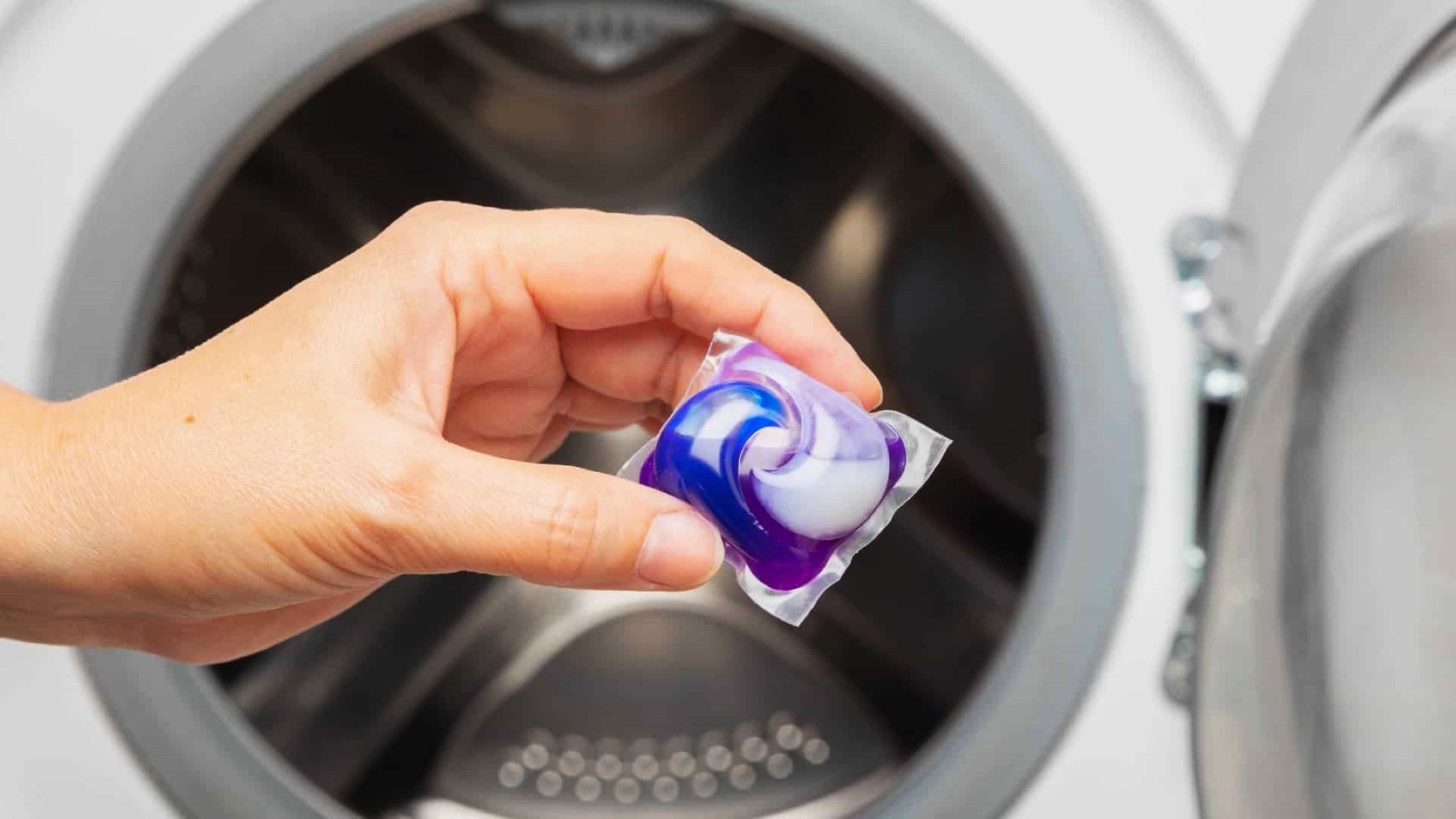
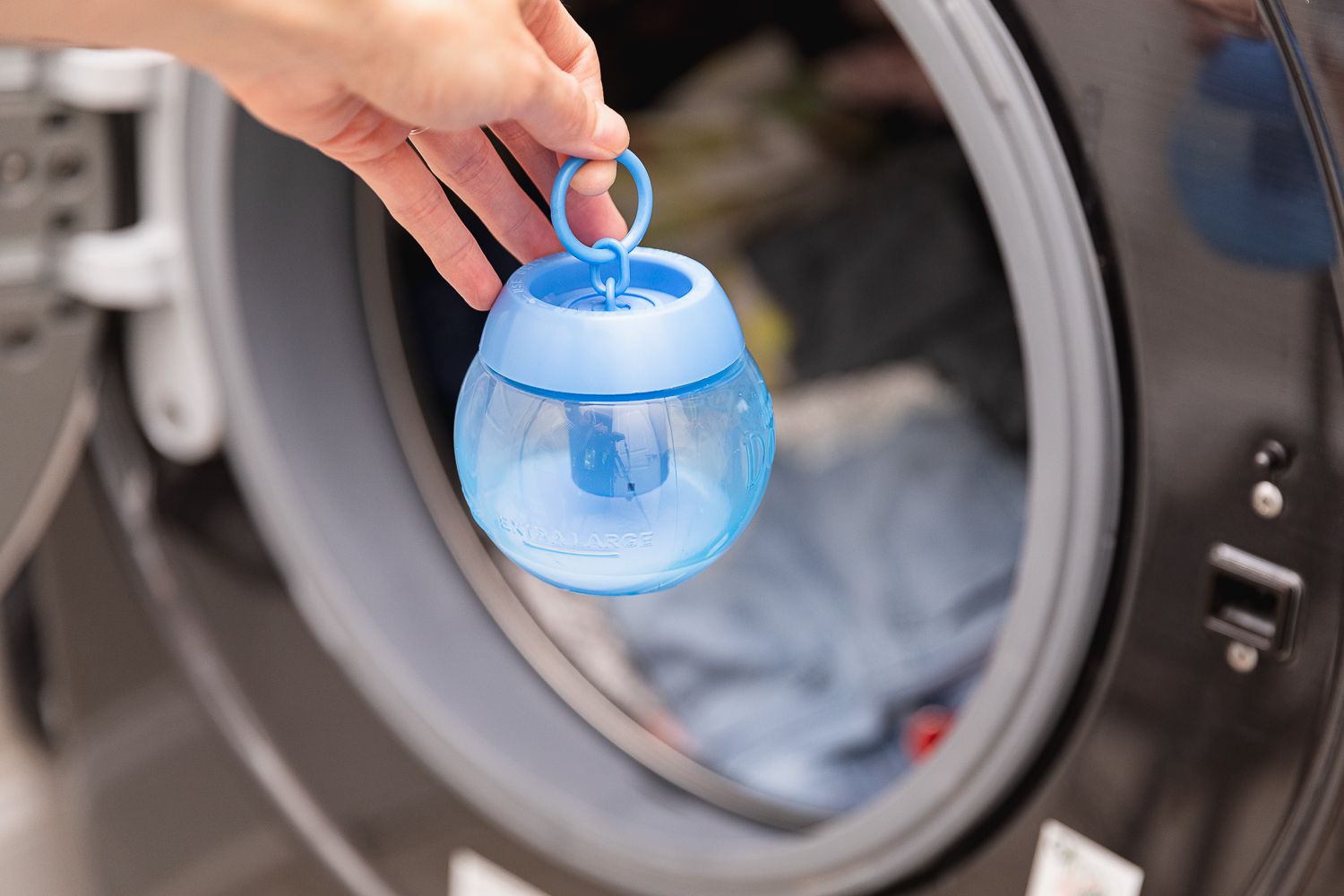
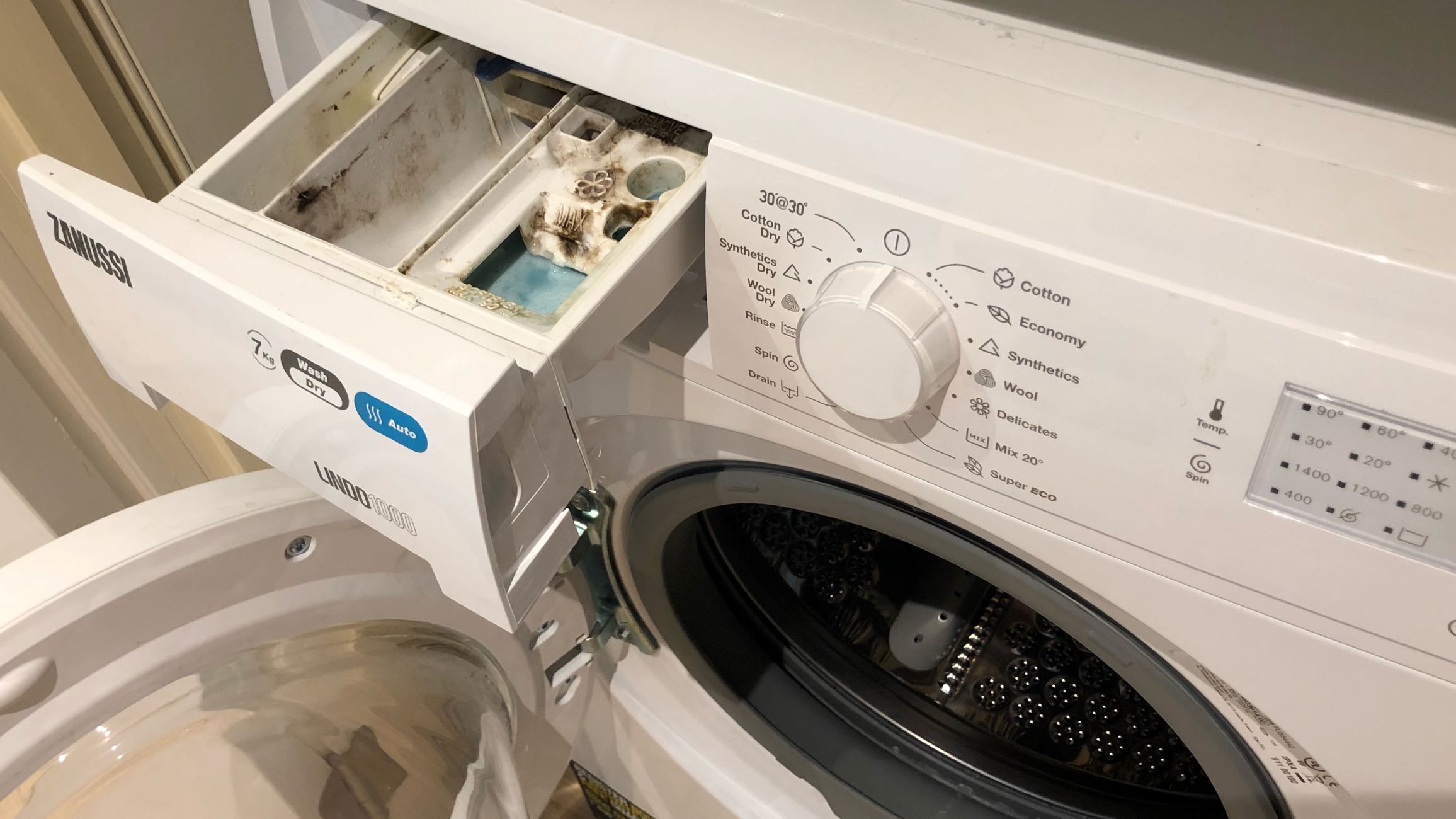
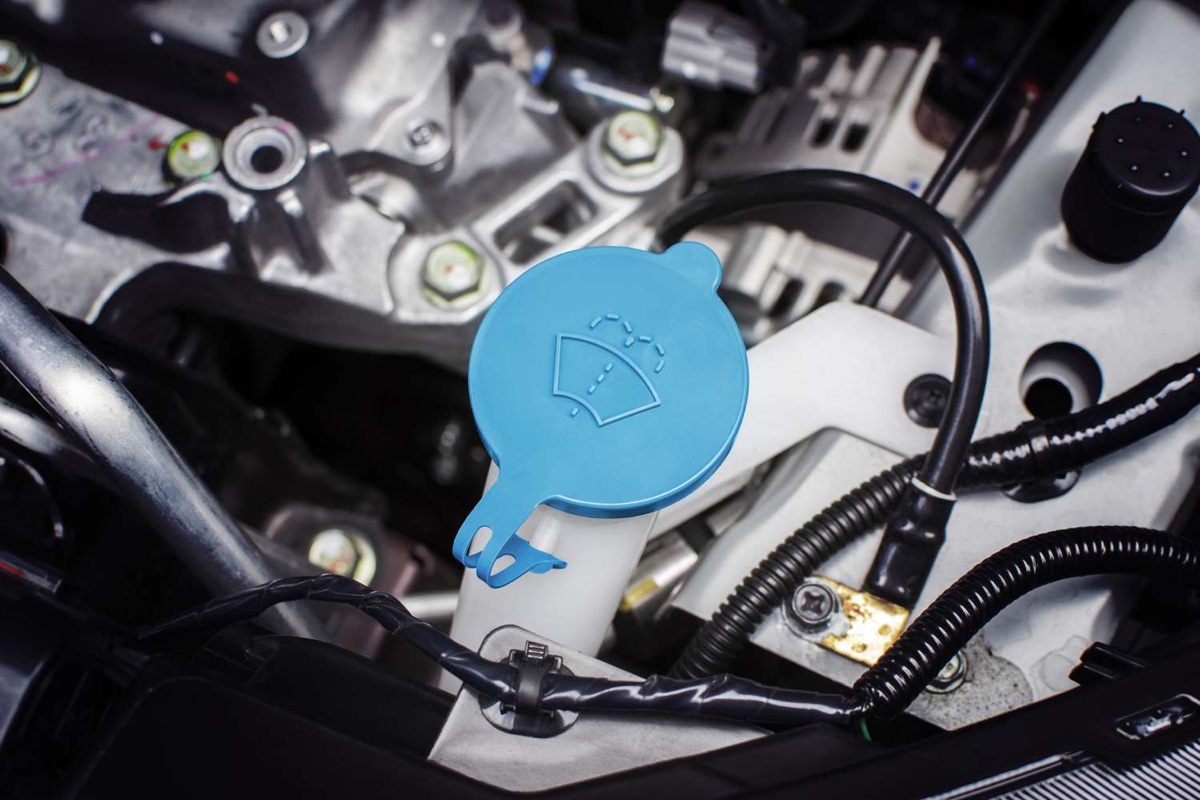
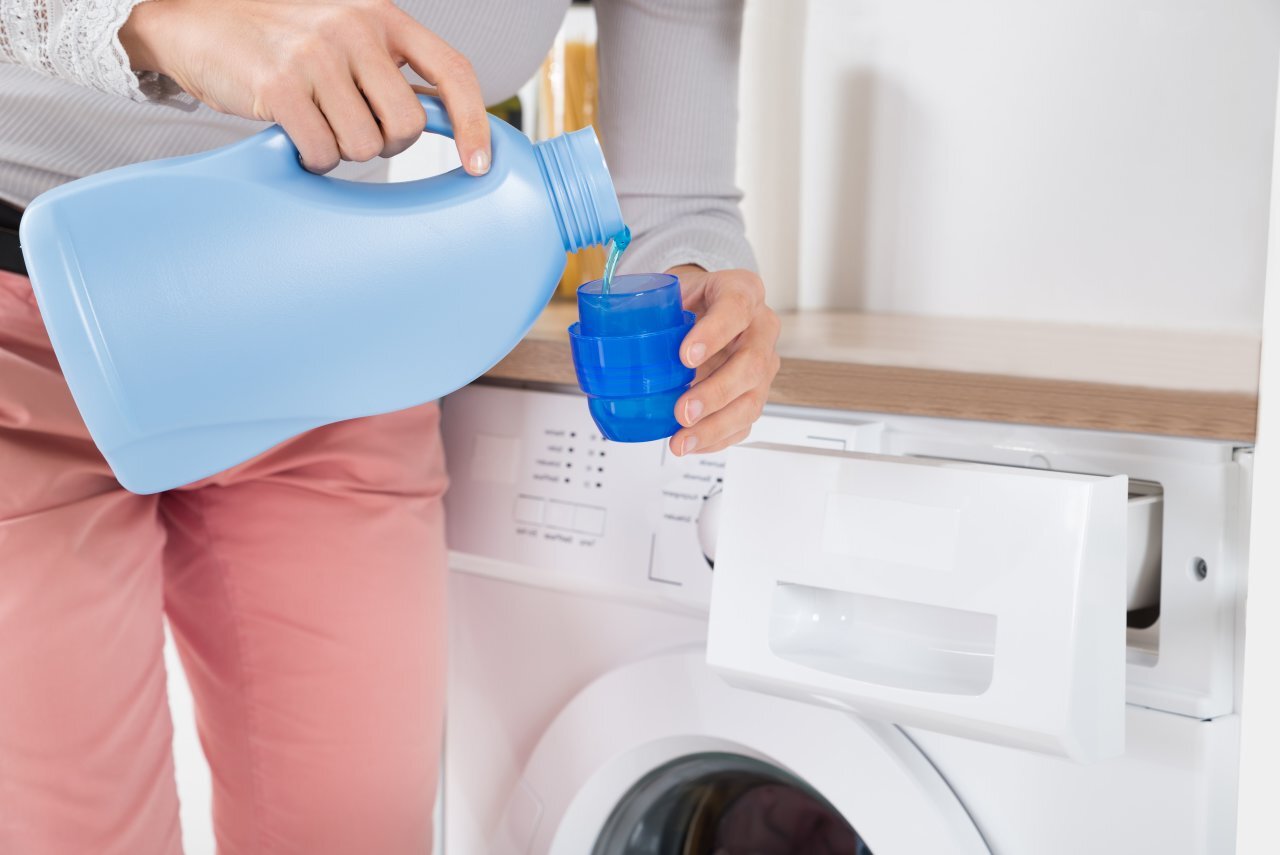
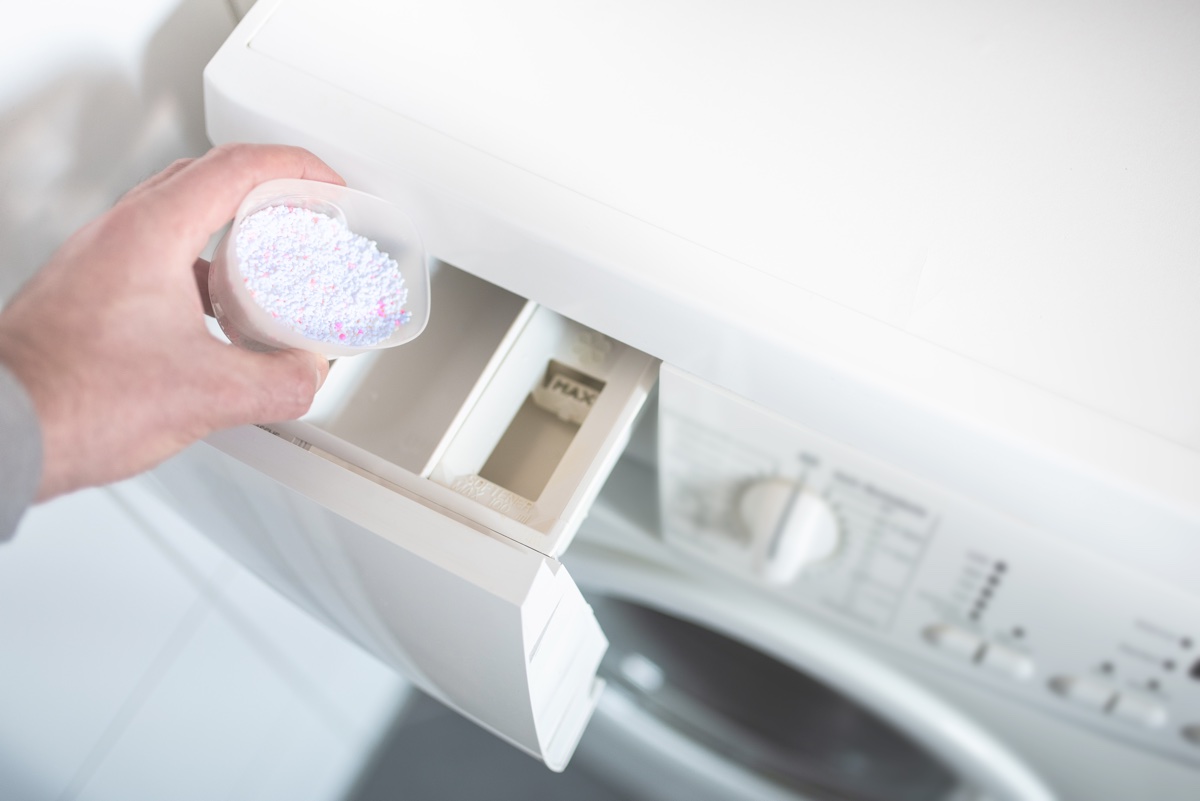
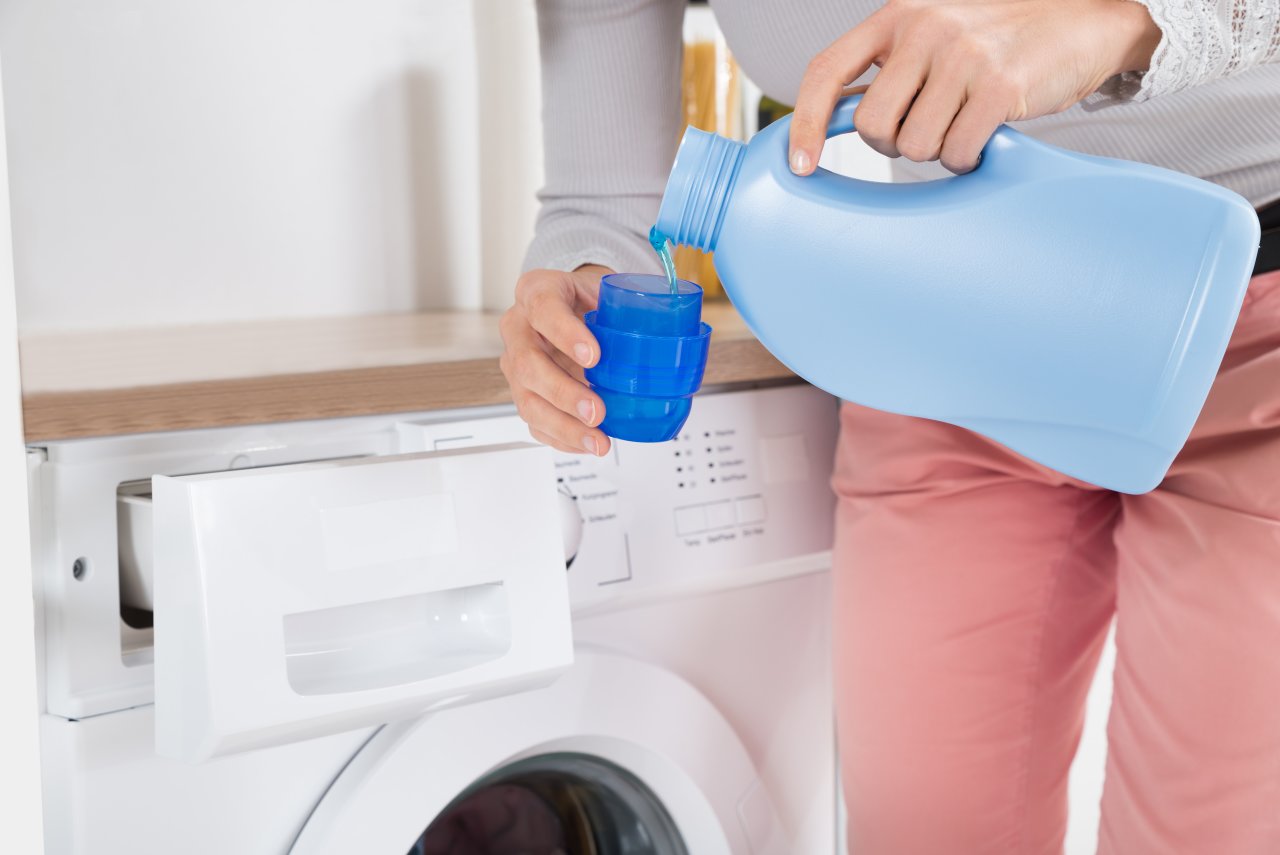
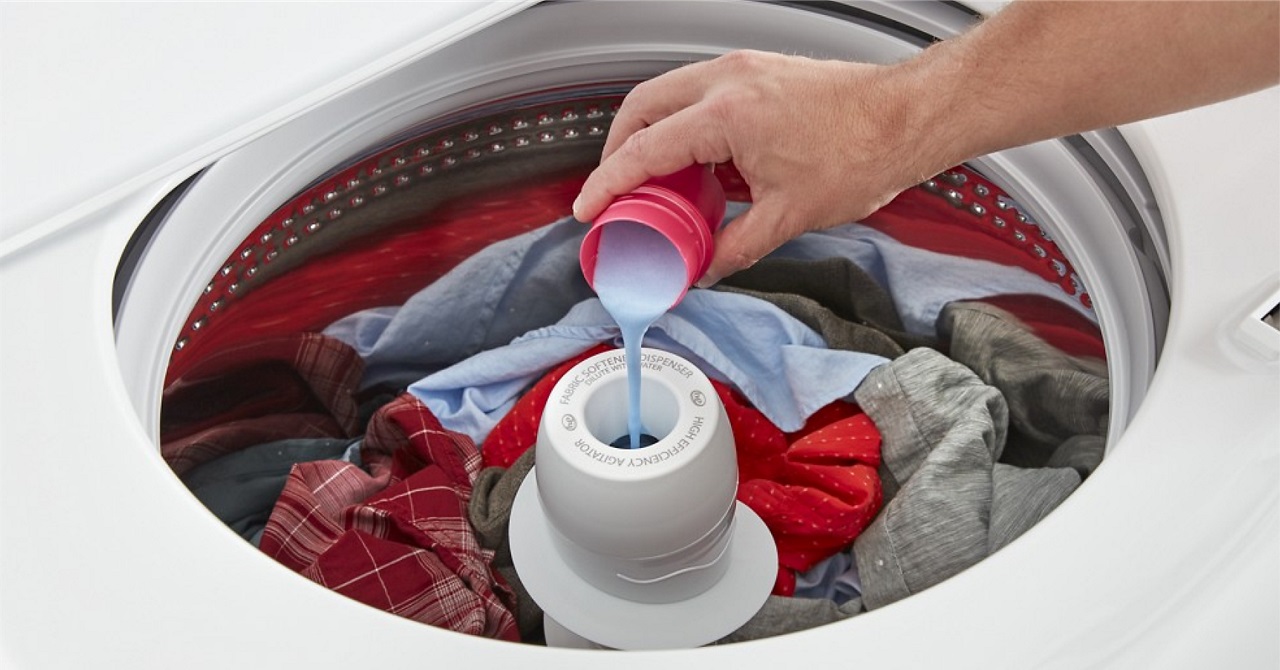
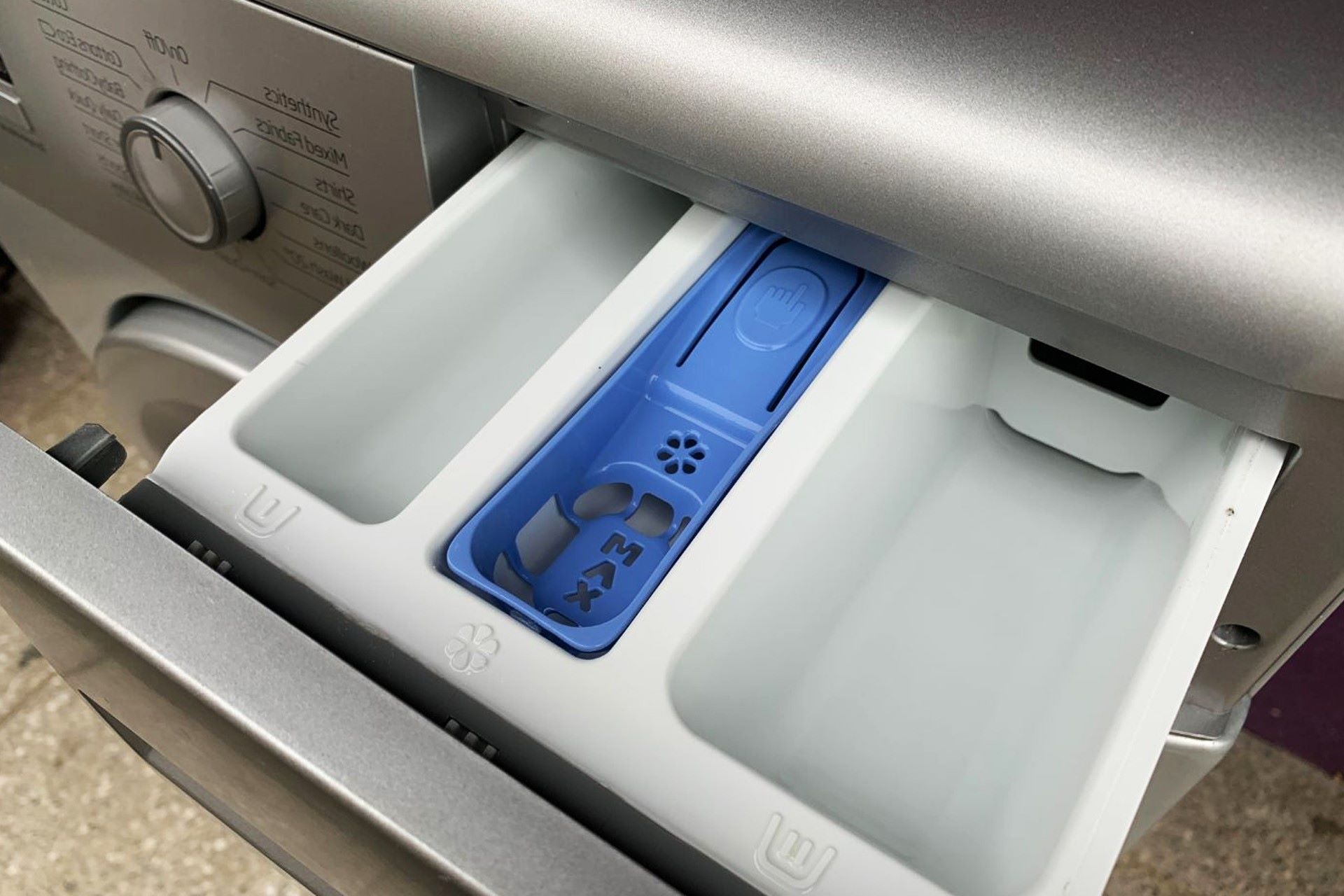
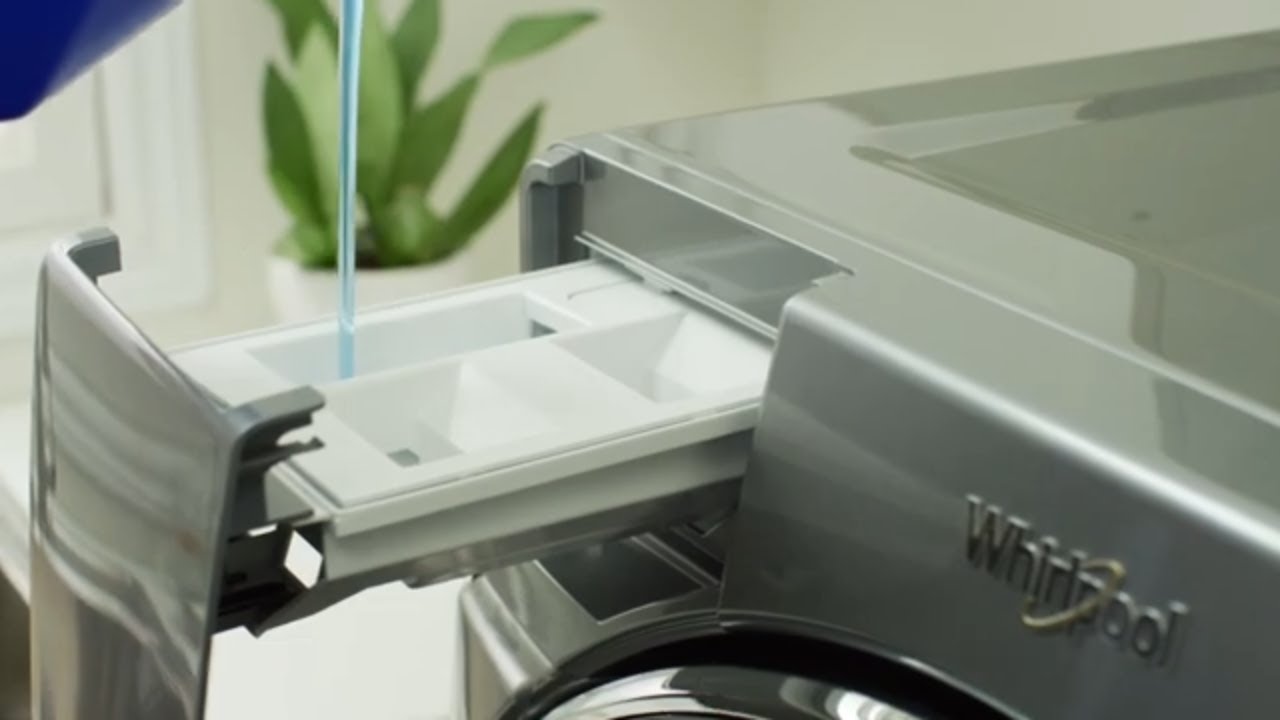
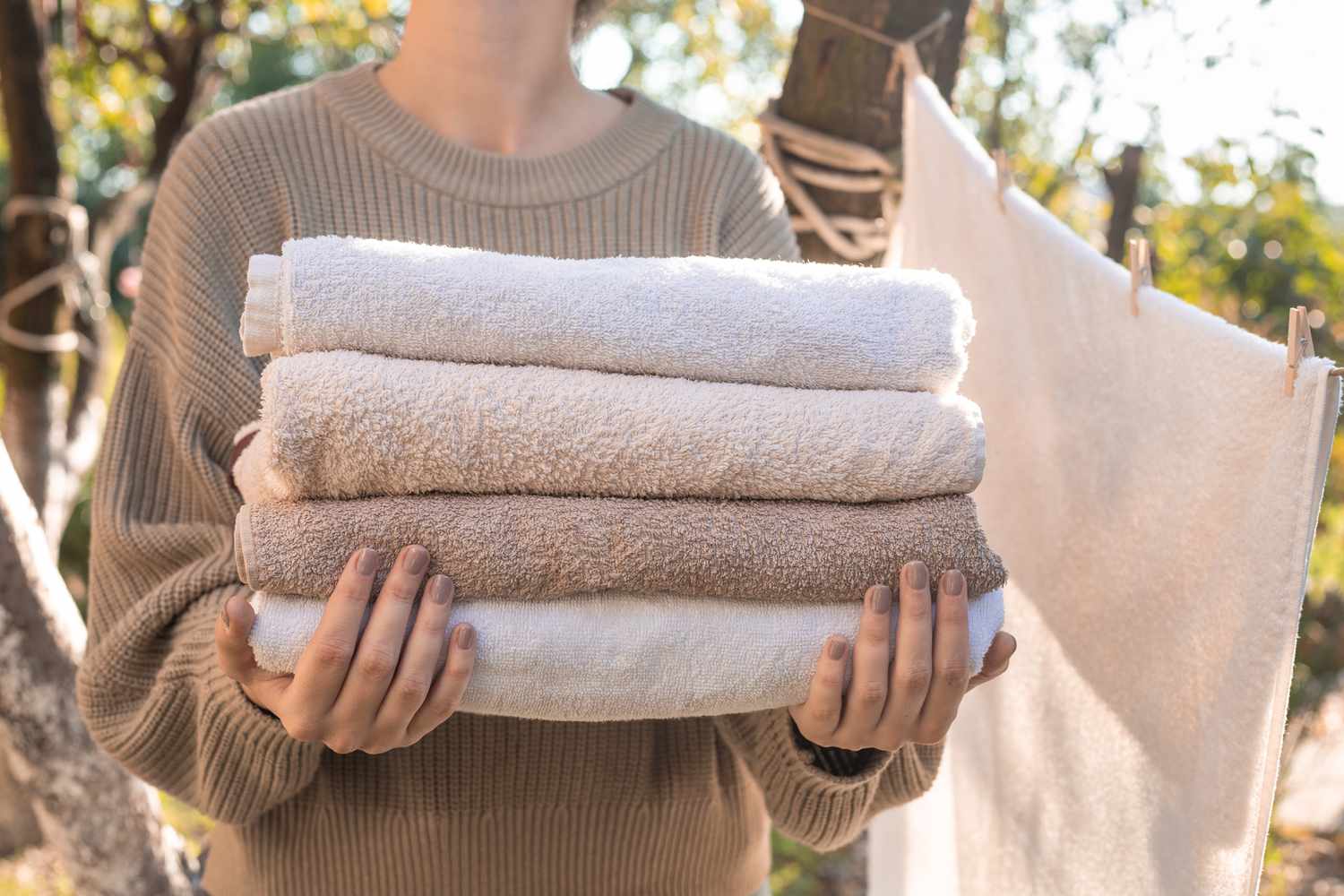
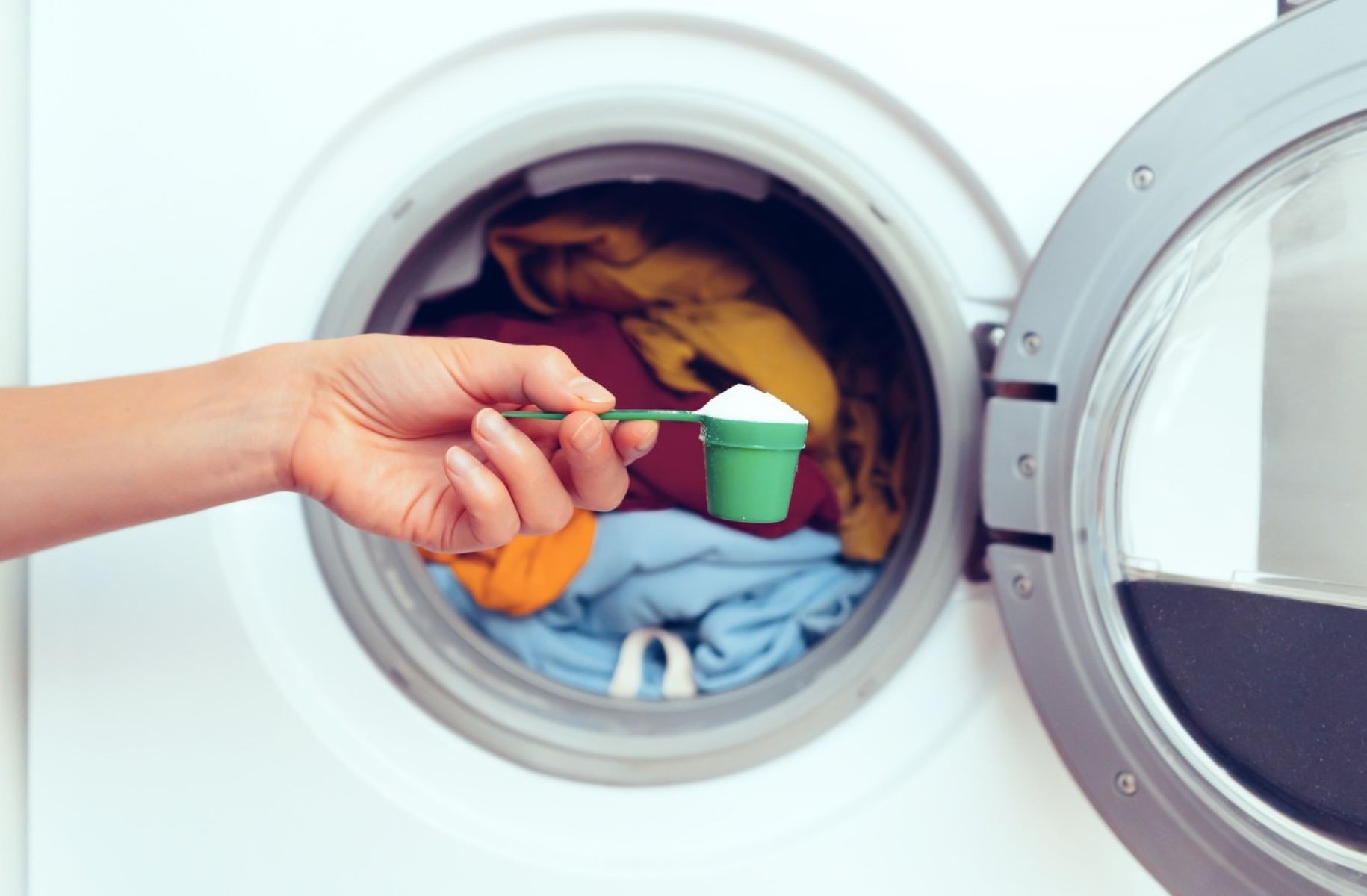
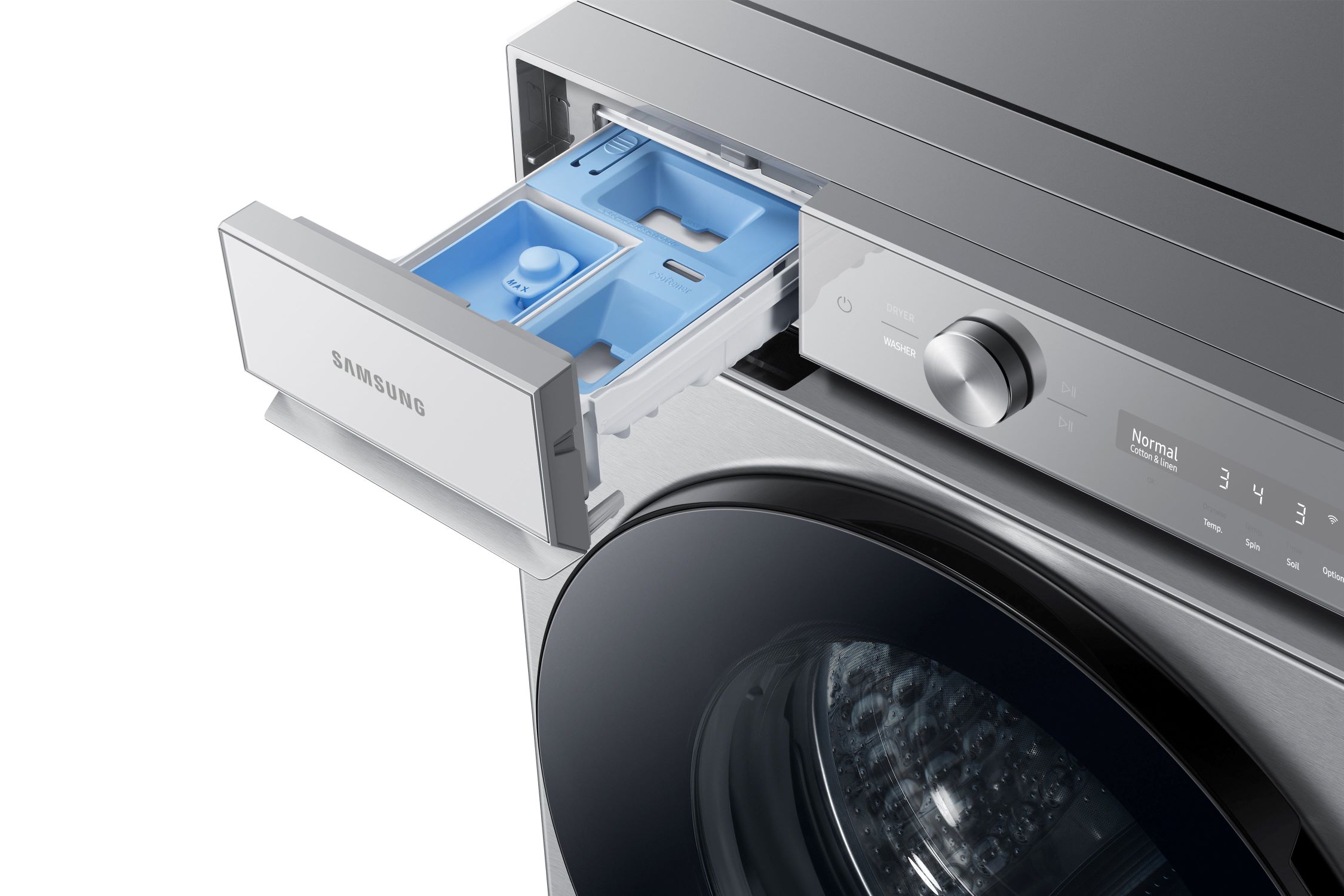

0 thoughts on “Where Do You Put Fabric Softener In A Washing Machine”